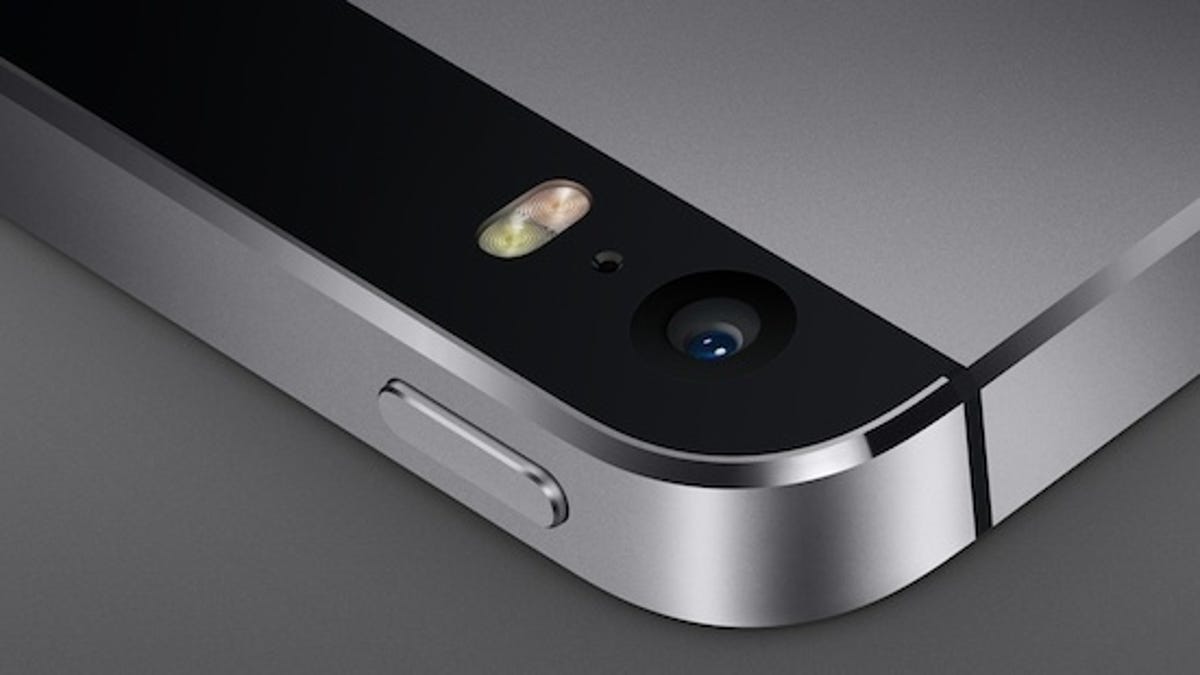Corning exec slams sapphire -- rumored for Apple device
A Corning Glass executive does not think very highly of sapphire crystal as a protective material for displays. That was made crystal clear at a Morgan Stanley conference.

A Corning executive launched a blistering critique of sapphire crystal, used as a protective material for displays, on Tuesday. The subtext was obviously aimed at Apple.
In defense of its Gorilla Glass, Tony Tripeny, a senior vice president at Corning Glass, was asked the following question at the Morgan Stanley Technology, Media & Telecom Conference, via Seeking Alpha, on Tuesday. The question came from analyst James Fawcett of Morgan Stanley.
Note that the "one large handset and device maker" is unmistakably Apple. Apple is expected to use sapphire crystal in some way for future devices, possibly including a future iPhone and iWatch.
"So we mentioned Sapphire and obviously there is one large handset and device maker that people suspect maybe looking at Sapphire. And at least from a Corning perspective, [what are] the puts and takes of Sapphire versus glass?"
Tripney's response:
When we look at it, we see a lot of disadvantages of Sapphire versus Gorilla Glass. It's about 10 times more expensive. It's about 1.6 times heavier. It's environmentally unfriendly. It takes about 100 times more energy to generate a Sapphire crystal than it does glass. It transmits less light which...means either dimmer devices or shorter battery life. It continues to break. I think while it's a scratch resistant product it still breaks and our testing says that Gorilla Glass [can take] about 2.5 times more pressure that it can take...Sapphire on. So when we look at it, we think from an overall industry and trend that is not attractive in consumer electronics.
And Morgan Stanley's Fawcett continued to ask more questions. Such as: "Sapphire...What's inherently more expensive about Sapphire? Is there something [about] the material or is this just a volume game? If you could bring up Sapphire production that...would drop the price significantly and be more competitive with Gorilla Glass?"
Tripeny's answer:
So from the last question, I will probably answer that first. Clearly, Corning has been in the crystal manufacturing business for a very long time, both directly and also through our joint venture, Dow Corning. So our knowledge of this has a lot to do with our knowledge about round crystal manufacturing. If it was a business that was attractive to enter into, we certainly would be able to do that.
On the first question, I think it's really a combination of three things. The formation takes about 4,000 times longer than Gorilla Glass at a significantly higher melting temperature. Its hardness makes machining more difficult and costly. Then the cost per unit increases exponentially because when you have defects in boundaries in the crystal growth process, you essentially cut them out. And so unlike glass, where we have developed technologies so that we can have [a] very large pristine pieces of glass, when you have that on crystals, what you end up doing is always having a yield issue. So it is really those items that make things more expensive.

